Understanding and navigating the hazards of riptides in Hawaii is critical to a safe vacation in the ocean. The Oahu North Shore Lifeguard Association shared an impactful video that depicts up close the horror of riptides in Hawaii. At one point in the video, watch even the lifeguard get pummeled to the ground by it while he is attempting to save a swimmer.
Know too that BOH editor Jeff almost died some years ago at Sandy Beach, Oahu, in an extreme riptide. He is a strong, experienced swimmer who was body surfing at the time and even had powerful swim fins on. Sandy Beach is considered by many to be the most dangerous beach in Hawaii.
Who isn’t attracted to Hawaii’s idyllic beaches and crystal-clear turquoise waters? In fact, it attracts ten million visitors each year. But hidden in paradise lurks an unexpected danger, that of riptides. These sometimes unpredictable and often underestimated powerful ocean currents pose serious risks to swimmers and can turn a day of relaxation into a perilous situation.
The manner in which riptides pull can be deceptive. Unfamiliar visitors in particular, are at risk and don’t even know it. And, as seen in the video below, you can go from being in very shallow water to being sucked out into the ocean in a matter of seconds. And Hawaii conditions are unique. Unlike the west coast, for example, there is far less wave energy dissipation prior to reaching the shoreline here in Hawaii.
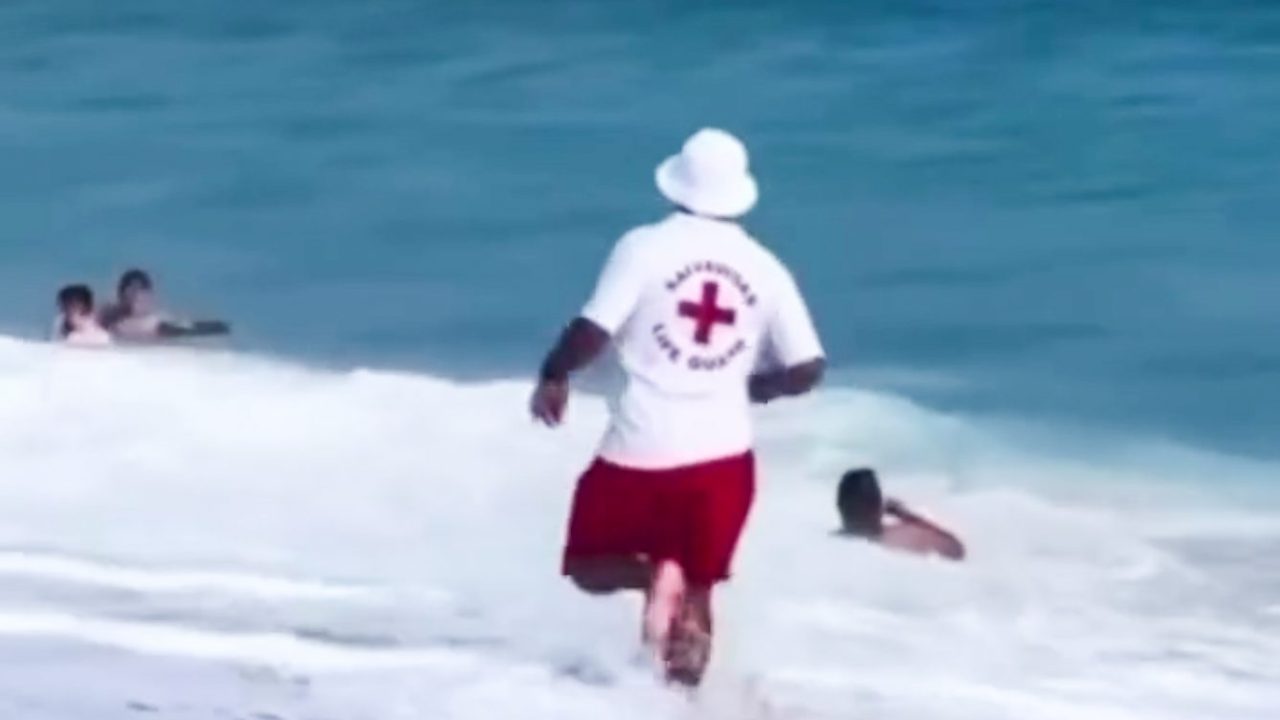

Riptides also referred to as rip currents, are narrow, fast-flowing channels of water that move away from the shore towards the deeper ocean. They form when waves break near the shore, and the water subsequently rushes back into the ocean through a narrow and concentrated path. Though riptides can occur on any beach, they are particularly prevalent in the islands due to Hawaii’s unique geography and powerful ocean swells
What are the specific dangers of Hawaii riptides?
Riptides can present an extremely powerful pulling force that quickly drags swimmers out to sea unexpectedly. These currents are reported to move at a fast speed, up to eight feet per second. They can be challenging to impossible to move against and sometimes to even stay afloat.
Panic and exhaustion in riptides are likely, if not inevitable.
The sudden and strong force of riptides often creates a panic situation. Moving against a riptide can cause swimmers to become exhausted, placing them in an even more dangerous situation. Panic is a significant contributor to drowning incidents associated with riptides.
Things to look for regarding riptides.
Riptides can result in water appearing darker than the surrounding water due to the mixing with sand and debris in the fast-moving current. The area may be choppier than nearby ocean water and have more foam from the agitation. Riptides can also create a calm-appearing area of the ocean set against breaking waves.
What can you do to avoid dangerous riptide situations and stay safe.
First, be informed by checking local surf reports for up-to-date information on ocean conditions and possible riptide warnings.
Watch for posted signs and flags on beaches reflecting riptides or other hazardous conditions.
Swim nearby lifeguarded stations. Whenever possible, and unless you’re an expert in such circumstances, swim at beaches with lifeguards present, who will offer assistance in case of emergencies. Not only that, lifeguards will frequently announce riptide conditions on their loudspeakers and ask that swimmers move away from the affected area. We see that all the time at Poipu Beach, for example.
You can’t fight a riptide directly. If you get caught in one, experts suggest floating on your back and signaling for help instead of trying to swim back to shore in the midst of a riptide. Others suggest swimming parallel to the shore to get to an area where the riptide isn’t present before attempting to exit the water.
While Hawaii’s beaches are world-class, respecting and understanding the ocean’s dangers, including riptides, is essential for a safe Hawaii ocean experience. Please be informed, pay attention to all warning indicators, and exercise extreme caution to not end up like the people in the video. You’ll notice in the video that even the lifeguards were struggling under its power.
Get Breaking Hawaii Travel News
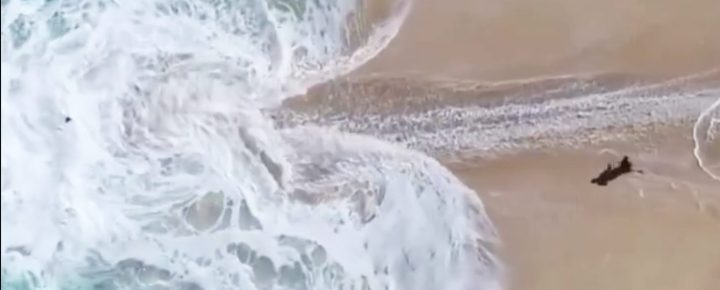

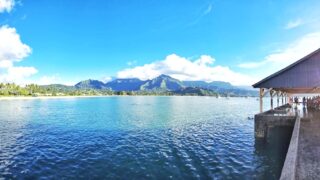
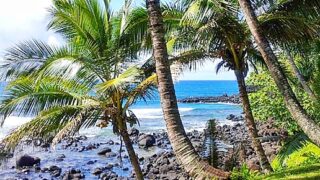

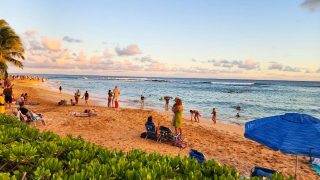

What exactly is swimming parallel to the shore please? Mahalo.
Hi Carol.
It means rather than returning to shore, first swimming to a nearby place without the rip current present. Then swimming to shore.
Aloha.
In my 30+ years of traveling to the Islands I learned real quick about how to deal with the ocean by listening to the people that I first started renting snorkeling equipment from. The first thing obviously was Never turn your back on the ocean. Next was if the waves are breaking, stay out so that you don’t get broken. Then, watch for how the water comes and goes to the shoreline. Weird water flow, as in your picture, definitely is a no go. Finally, look at which way the currents out in the water are moving because swimming against them will tire you out quickly. Of course, the directions of the currents can change in minutes.
There is no such thing as a
“riptide”. This is a common misnomer. This extremely dangerous condition is really a “rip current”!
My experience with “rips”, “riptides”, “undertows”, “rip currents” comes from 30+ years of surfing.
Once you are in a bad one go with it and don’t fight it. It will not suck you “out to sea” as it were. Maybe 100 yards or so at the very most. Once it has died out, you can swim parallel to the beach and swim in to an area with out a rip.
If you are not a strong swimmer stay out of the water if there is any sort of wave action.
I’ve had my share of helping someone who got into trouble and it was not a fun experience. Very scary as to what could have happened.
Thank you. So to reiterate, if there are waves of any sorts, which most hawaiian beaches appear, do I just stay out. Airport beach on Maui is very difficult to get out of, so wondering if it is rip currents there, or a sign that I should not go in because waves are coming in? thanks
Waves don’t always create a “rip”. A lot has to do with the type of beach, the size of waves, etc. Check with the lifeguard on duty. I no guard on duty, follow the much quote mantra ” if in doubt, don’t go out”
I do not believe that anyone said that but if waves are crashing on the beach where you want to go snorkeling expect an interesting time getting in and out of the water and if you aren’t a strong swimmer think about it and then think again as to how you will deal with what’s going on if things go sideways for you. Also, many beaches in Hawaii do not have lifeguards so then you are really on your own.
Exactly, Patrick! this is it in a nutshell. I grew up on Sandy Beach and that is what we always did. Never a problem, as kids we loved being tossed around in the “washing machine” – relax and swim with it until you can go around it. That said, Sandy’s is not for the beginner.